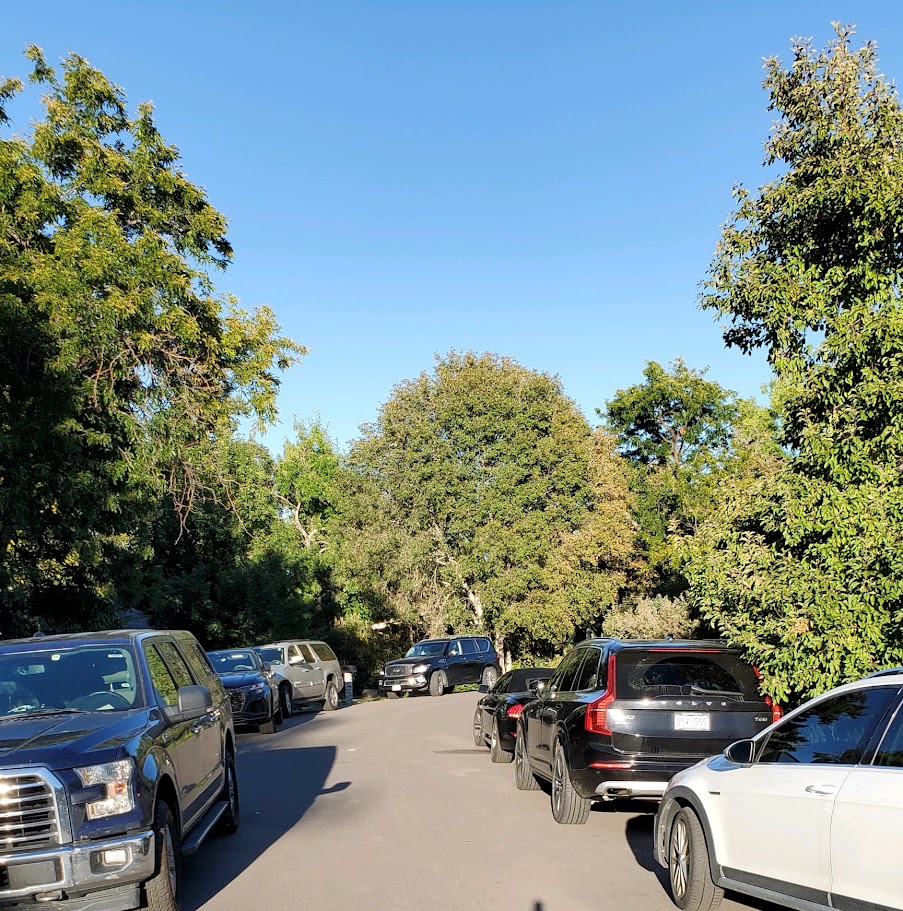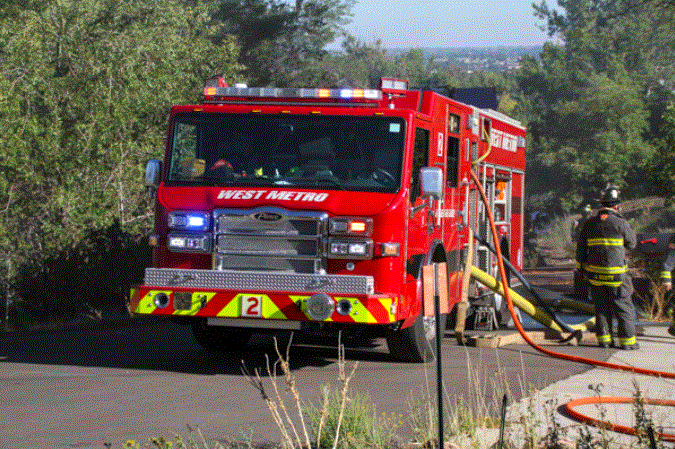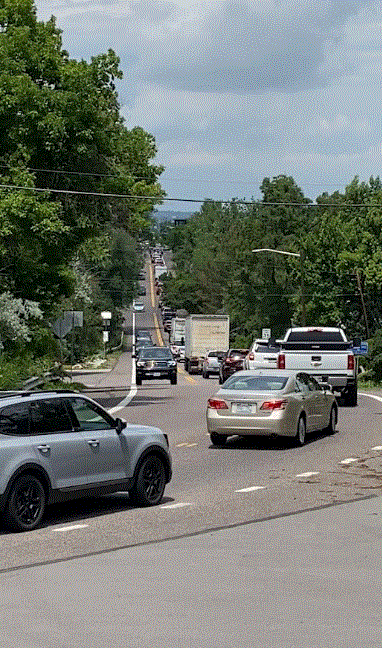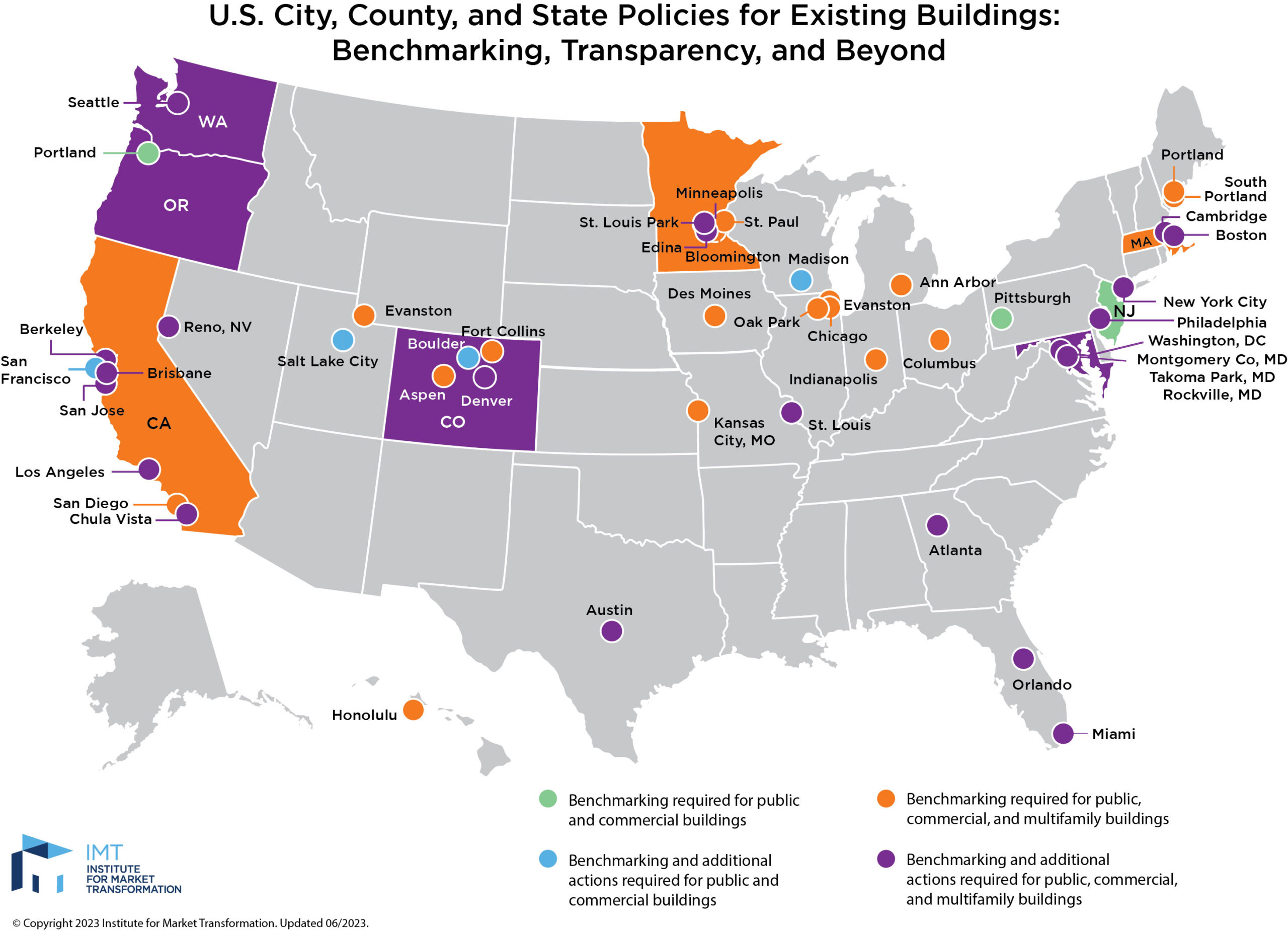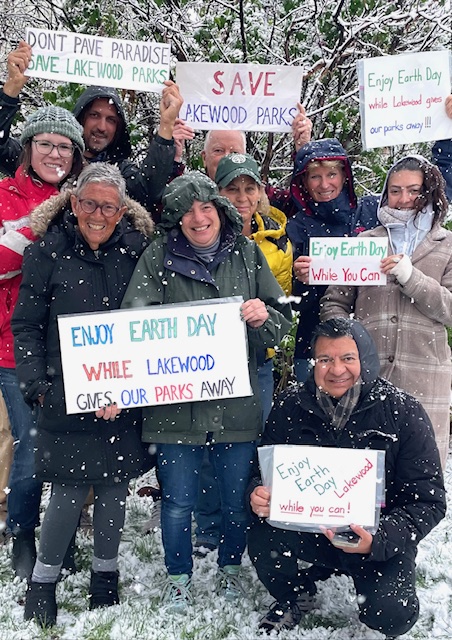Guest Post from Bill Foshag
Editor’s Note: Lakewood has a survey about changing the speed limit. However, the introductory information is incomplete and misleading. The concept of lowering the speed limit has supporting research from the Lakewood Advisory Commission, as they say, but also information showing it will be ineffective from police and traffic control. The survey does not link to that opposing research. Lakewood Informer is grateful for this resident article to bring you the news that Lakewood is not highlighting.
Lakewood City Council is considering proposals from the Lakewood Advisory Committee to increase safety and reduce traffic speeds throughout the city. The plans include reducing speed limits on residential streets from 30 mph to 25 or 20 mph, and the use of red-light and speed monitoring cameras. While well intentioned, the approach taken and comments made by Council members at a recent meeting seem to question if the recommended solutions will actually be effective.
The actions being considered originate from a request by Council Member (now Mayor) Wendi Strom in August, 2022. The request cites areas of concern in Ward 5, particularly the vicinity of Kendrick’s Lake Elementary school, and the Jewell/Kipling area. The request notes that she has received complaints from Ward 5 residents about speeding traffic in these areas. The Lakewood Advisory Committee (LAC) prepared a report addressing the request, presenting their findings to Council in June, 2023. In their report, the LAC recommends re-striping and repaving to narrow lanes and reduce speeds, use of funding to increase the use of multi-use off-street paths, reducing speed limits city-wide, and installing cameras.
Lakewood’s Public Works department also looked into the matter, and has formulated some solutions of their own, although they have yet to publish a final report. This was taken up again on April 1, 2024 at a City Council Virtual Study Meeting. Although the original request was intended for specific areas within Ward 5, Council is considering implementing the findings on a city-wide basis. Mike Whittaker, a traffic engineer with the Public Works Division, presented comments from the department’s staff discussions and recommendations based on the LAC report.
Lower speed limits do not result in slower driving
There are a couple items that stood out from the Public Works presentation. First, they note that in cities where speeds have been reduced from 30 to 25 mph, or even 30 to 20 mph on residential streets, the average speed drivers actually drive is reduced by only 1 or 2 mph. Drivers choose to exceed the new lower speed limit and continue to drive at or near the speeds they are used to driving. This was noted in a study from Minnesota when some of their residential speed limits were reduced. The City of Boulder saw similar results, but on some streets, driving speeds actually increased. Another concern by Public Works is that lower speed limits might actually irritate some drivers who will respond by driving more aggressively. A third point of concern deals with the use of red-light cameras. When drivers know that a red-light camera might catch them running the light at an intersection, they are likely to err on the side of caution and brake suddenly to avoid a ticket, catching the driver behind off-guard, resulting in a rear-end collision. This subject actually came up a couple times during the meeting and is always an issue wherever red-light cameras are installed.
What are the costs?
Notably absent from the discussion was the mention of any firm costs associated with implementing these plans. For changing speed limits city-wide, new speed limit signs need to be painted and installed to replace all existing signs on residential streets, at some unspecified cost to taxpayers. Red-light and speed control cameras require additional studies of where to install and where to aim the cameras to be effective. The city would be dealing with a contractor who operates the cameras, and that involves a monthly rental cost ($8,500 per month for one unit was cited in the meeting), plus additional costs for installing the cameras, city personnel to monitor them, and costs to administer and collect fines.
A city-wide solution is not the answer
One puzzling thing that comes to mind after listening to the Study Meeting is this. The streets cited as being in most need of control (Alameda, Wadsworth, Colfax, Mississippi, and Jewell were mentioned several times) are not residential streets. The Public Works presentation, and the LAC recommendations, do not have any discussion on how reducing speed limits on residential streets will impact the areas of greatest concern. If I have to drive 20 mph on South Quail Street (a residential street), is that likely to reduce accidents at Alameda and Wadsworth? The obvious answer is no. Many residential streets in Lakewood, and particularly the older streets that are a bit wider, are safe to drive at 30 mph. Instead of replacing all of Lakewood’s “Speed Limit 30” signs and mandating a lower 20 or 25 mph limit, the practical solution is to reduce speed limits in the areas that are most troublesome and increase enforcement efforts in those areas. If that means allowing police officers the opportunity to earn a little overtime pay, those costs would certainly be less than what it would cost to replacing all the residential speed limit signage. One of the Council members remarked the drivers who are most dangerous are the ones egregiously speeding – the ones going 40 and 50 mph on residential streets. Those violators are particularly dangerous and need to be targeted, not the ones going one or two miles an hour over the limit.
Unintended consequences
Another puzzling item that was not fully discussed in the Study Meeting deals with how drivers react to reduced speed limits. If drivers only reduce their speeds by 1 or 2 miles per hour when speed limits are lowered, is there really any benefit to reducing speed limits at all, or are you out to make the residents “criminals”? Do you really notice a difference if you are driving 29 or 30 mph? Probably not. Theoretically, the City could mandate residential street speed limits so low as to reduce the possibility of an accident to near zero, but it really doesn’t make a difference if people are still going to drive 29 mph in what was once a 30 mph zone. By their own admission, the City has told us that people are generally drive the speed they feel is comfortable and safe (within reason) whether the speed limit is 30, or 25, or 20 mph. There is no reason to spend tax payer funds replacing speed limit signage and inconveniencing residents with lower speed limits throughout the city if there is no discernable benefit, particularly if there are problems only in a few specific areas. The best decision here is to keep the residential speed limits at 30 mph and not criminalize our residents by lowering limits to 25 or 20 mph.
Dangerous by design
A possible exception to this are the streets in the Belmar development that are narrow to begin with, have cars parked along both sides, and a number of pedestrians crossing the streets. The sight-lines are such that it is difficult to see what’s around upcoming corners. Streets in this area, to the fault of the developer and the traffic engineers who approved their plans, are poorly thought out and a hazard to automobiles and pedestrians.
One particular method of speed control that should not be used is that of narrowing traffic lanes by use of medians and/or bicycle lanes. An example of this is along 20th Ave. between Youngfield and Simms, where the bicycle lanes merge into the traffic lanes and the median is widened allowing only one vehicle (either a bicycle or automobile) through at a time. This is particularly dangerous for bicycle riders if a car cannot slow down fast enough to avoid a collision. Essentially, bicyclists should not be used for speed control on our streets. One of the Council members mentioned they felt the bicycle lanes along Garrison between Alameda and 6th are dangerous. Part of the problem along certain stretches of Garrison may be that the street cannot easily be widened. On heavily travelled streets like Garrison, for the safety of both drivers and bicyclists, there may have to be some future consideration of limiting these areas to motor vehicles.
The proposed use of cameras
The issues of red-light cameras and speed control cameras are different than the discussion of speed limit reduction. The regulations pertaining to traffic control cameras falls under the State of Colorado. Under the constitution of the United States, the person who is guilty of an offence is the one who is charged and the one who has to bear the penalties imposed under the law. With traffic control cameras, the person to whom the vehicle is registered pays the price regardless of who committed the infraction. If your Uncle Bob borrows your pickup truck and runs a red light, you get the ticket, not Uncle Bob. You can possibly get out of paying the Uncle Bob’s fine, but that involves additional time and effort on your part. Colorado’s ordinances can probably be challenged successfully on constitutional grounds, but until then, it’s the law in the State. Stepped up enforcement of our traffic ordinances in the troublesome areas ensures the actual offender is the one receiving the penalty for their offence.
Increased and selective enforcement – the better solution
Stepping up enforcement of traffic laws regarding speeding and red-light running also offers a more effective deterrent to violations. If you get a citation in the mail for running a red light or speeding, there’s not much that offers a deterrent to repeating the offence. You simply go online and pay the fine (a lower fine than if you are issued a ticket by an officer), no points off your license, and no reporting to your insurance company. Receiving a ticket from an officer is much more of a deterrent to speeding or red light running. It takes up more of your time as the officer runs a background check on you and your vehicle, discusses your infraction, writes up the ticket, and sends you on your way. A written ticket will have a higher fine, and will result in points off your license and a report to your insurance company. There is an additional sense of humiliation if you have your children, spouse, or friends in the vehicle with you at the time.
Stepping up enforcement in specific locations and at specific times is very effective in reducing violations while acting as a deterrent to future problems. When people regularly traveling a certain route become aware of increased police presence they will slow down and their driving habits will improve. More often than not, increased enforcement in an area is only needed for a couple of weeks – just long enough for drivers to take note and be more aware. If an area was previously patrolled and has become troublesome again, just step up enforcement in that area for a couple more weeks. The costs of increased enforcement efforts should not be a great concern. If the City believes it has the funding to change all the residential speed limit signage and install, monitor, and administer red-light and speed limit cameras, those funds can easily be spent for some overtime pay for our police officers or hiring a few more full-time officers.
